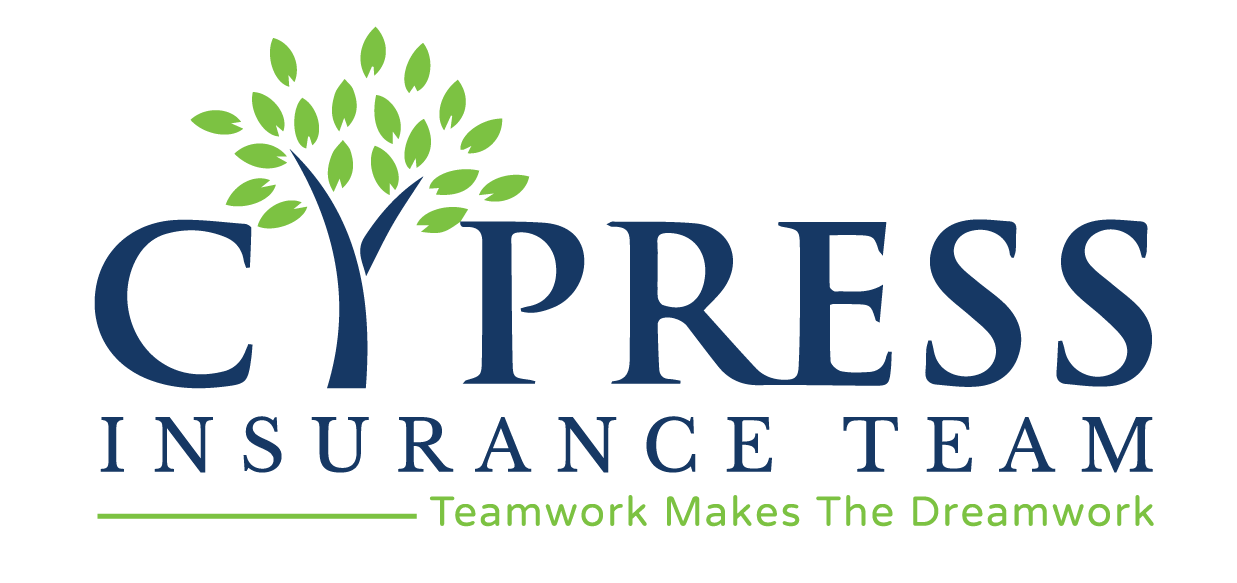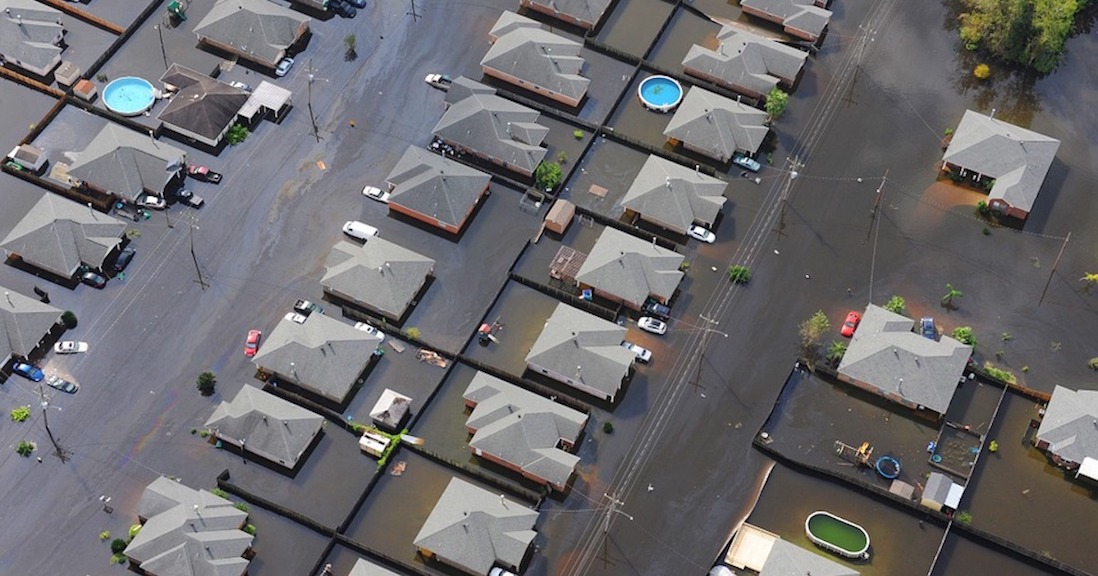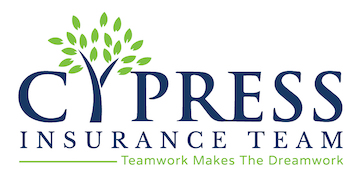In areas where hurricanes can strike, it’s a good idea to have a closet or a place set aside for storm preparedness storage. There, you can keep items you’ll need in case disaster strikes suddenly or you need to evacuate.
It’s also important to know the difference between a watch and a warning, and when they are issued for tropical storms and hurricanes.
A hurricane warning means hurricane conditions — sustained winds above 73 mph — are expected somewhere within the warning area, and it is time to finish preparation to protect people and property. “Because hurricane preparedness activities become difficult once winds reach tropical storm force, the hurricane warning is issued 36 hours in advance of the anticipated onset of tropical storm-force winds” — 39 to 73 mph, the National Hurricane Center says.
Hurricane safety: When the lights go out
A hurricane watch means hurricane conditions are possible in the watch area, and is issued 48 hours before the anticipated onset of tropical-storm-force winds.
A tropical storm warning means tropical storm-force winds are expected somewhere in the designated area within 36 hours. A tropical storm watch means such conditions are possible within 48 hours.
What to do as storm approaches:
- Download an application to your smartphone that can notify people where you are, and if you need help or are safe. The Red Cross has a Hurricane App available in the Apple App Store and the Google Play Store as well as a shelter finder app. A first aid app is also available.
- Use hurricane shutters or board up windows and doors with 5/8-inch plywood.
- Bring outside items in if they could be picked up by the wind.
- Clear gutters of debris.
- Reinforce the garage door.
- Turn the refrigerator to its coldest setting in case power goes off. Use a cooler to keep from opening the doors on the freezer or refrigerator.
- Fill a bathtub with water.
- Get a full tank of gas in one car.
- Go over the evacuation plan with the family, and learn alternate routes to safety.
- Learn the location of the nearest shelter or nearest pet-friendly shelter.
- Put an ax in your attic in case of severe flooding.
- Evacuate if ordered and stick to marked evacuation routes if possible.
- Store important documents — passports, Social Security cards, birth certificates, deeds — in a watertight container.
- Have a current inventory of household property.
- Leave a note to say where you are going.
- Unplug small appliances and electronics before you leave.
- If possible, turn off the electricity, gas and water for the residence.
List of supplies:
- A three-day supply of water, one gallon per person per day.
- Three days of food, with suggested items including: canned meats, canned or dried fruits, canned vegetables, canned juice, peanut butter, jelly, salt-free crackers, energy/protein bars, trail mix/nuts, dry cereal, cookies or other comfort food.
- A can opener.
- Flashlight(s).
- A battery-powered radio, preferably a weather radio.
- Extra batteries.
- A first aid kit, including latex gloves; sterile dressings; soap/cleaning agent; antibiotic ointment; burn ointment; adhesive bandages in small, medium and large sizes; eye wash; a thermometer; aspirin/pain reliever; anti-diarrhea tablets; antacids; laxatives; small scissors; tweezers; petroleum jelly.
- A small fire extinguisher.
- Whistles for each person.
- A seven-day supply of medications.
- Vitamins.
- A multipurpose tool, with pliers and a screwdriver.
- Cell phones and chargers.
- Contact information for the family.
- A sleeping bag for each person.
- Extra cash.
- A silver foil emergency blanket.
- A map of the area.
- Baby supplies.
- Pet supplies.
- Wet wipes.
- A camera (to document storm damage).
- Insect repellent.
- Rain gear.
- Tools and supplies for securing your home.
- Plastic sheeting.
- Duct tape.
- Dust masks.
- An extra set of house keys.
- An extra set of car keys.
- An emergency ladder to evacuate the second floor.
- Household bleach.
- Paper cups, plates and paper towels.
- Activities for children.
- Charcoal and matches, if you have a portable grill. But only use it outside.
What to do after the storm arrives:
- Continue listening to a NOAA Weather Radio or the local news for the latest updates.
- Stay alert for extended rainfall and subsequent flooding even after the hurricane or tropical storm has ended.
- Use the Facebook Safety Check to let family and friends know you’re safe.
- If you evacuated, return home only when officials say it is safe.
- Drive only if necessary and avoid flooded roads and washed out bridges.
- Keep away from loose or dangling power lines and report them immediately to the power company.
- Stay out of any building that has water around it.
- Inspect your home for damage. Take pictures of damage, both of the building and its contents, for insurance purposes.
- Use flashlights in the dark. Do NOT use candles.
- Avoid drinking or preparing food with tap water until you are sure it’s not contaminated.
- Check refrigerated food for spoilage. If in doubt, throw it out.
- Wear protective clothing and be cautious when cleaning up to avoid injury.
- Watch animals closely and keep them under your direct control.
- Use the telephone only for emergency calls.
Sources: American Red Cross, Federal Emergency Management Agency, National Hurricane Center
by CNN Staff, September 5, 2018
https://www.cnn.com/2012/08/27/us/hurricane-preparation/index.html



